The Benefits of Environmental Play
By now, we all know the importance of outdoor play for children’s physical and mental health. We have previously touched on its importance, but for this article, we wanted to visit the concept of environmental play and explore this in a slightly different lens to outdoor play.
What is environmental play?
To give a general oversight, environmental play facilitates for growth and learning through the environment a child plays in. According to EYFS (Early Years Foundation Stage, a set of standards outlined by Gov.uk for the learning, development and care of children from birth-5 years old), there are three types of environmental play.
Emotional Environment
The emotional environment can be categorised as the emotions or atmosphere that a space evokes, and how children in that environment respond or feel. Babies and young children need an environment that fulfills their emotional needs before they can start playing and learning. The mark of a positive emotional environment is when the children in it feel safe, happy and engaged.

Indoor Environment
As the majority of children spend their time inside when it comes to learning, the indoor environment refers to the set up and resources available inside (more often than not, a classroom or nursery area). Children need lots of resources, fun activities, engaging colours and patterns, and interactive games in order to stay engaged and excited by their surroundings. This, in turn, encourages and help develop learning.
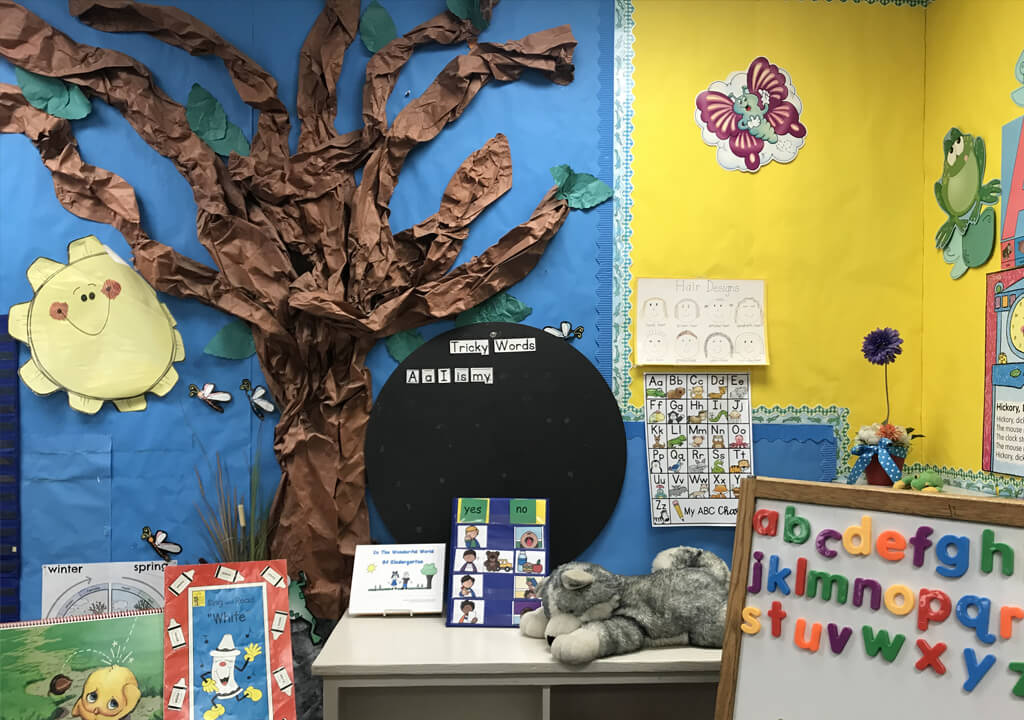
Outdoor Environment
Access to an outdoor environment is key when it comes to providing a rounded and enjoyable learning experience. As we all know, outdoor play is essential to maintaining a good level of physical and mental health in children – it encourages increased levels of exercise, socialisation with children their age and creating friendships, and helps develop many skills – motor, communication and social to name but a few.
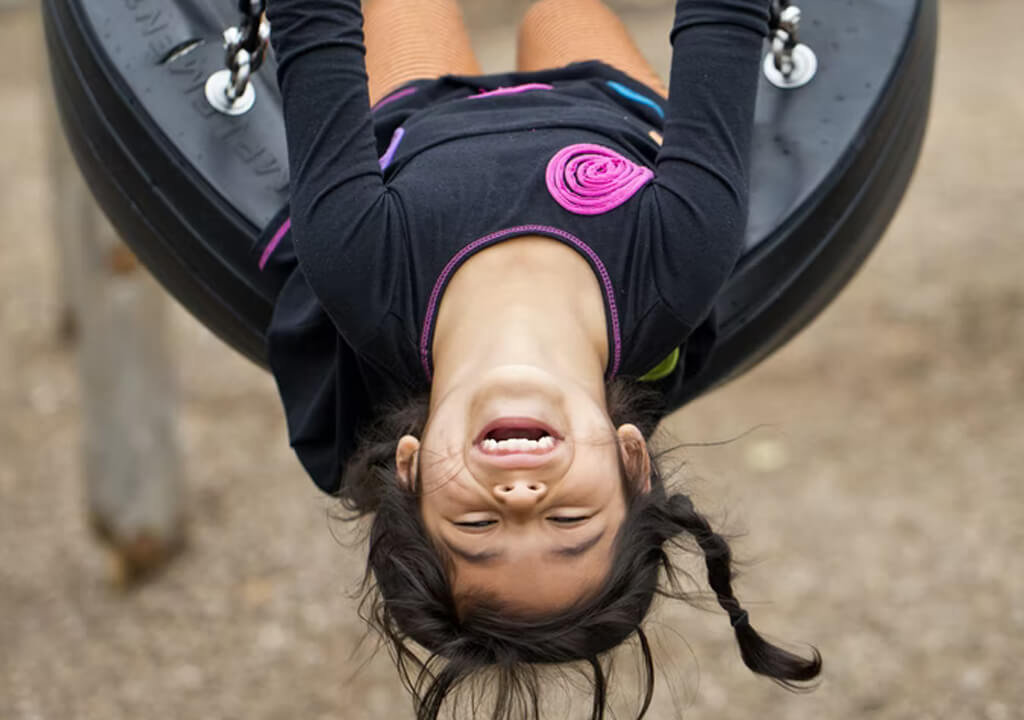
How can I encourage environmental play?
Now that the benefits of environmental play are understood, you may be thinking: how do I implement them? How do I know what to include in a classroom or a playground to ensure children feel engaged and excited? PlaySmart have some suggestions below.
Meet Children At Their Level
In order to pique children’s interests and engage them with tasks at hand, you should be aware of age-appropriate inspiration. Being able to interact with children in a way they can understand and respond to means they feel included and excited, rather than confused and disinterested! This could mean reading books with large font and simplified text, decorating the classroom with colourful and vibrant displays, or encouraging positive behaviour with a reward system or display with pupil’s names on. If an activity is too complicated, or above a pupil’s age range, they are likely to end up feeling isolated and will not engage with the task at hand, resulting in boredom, disinterest and distraction.
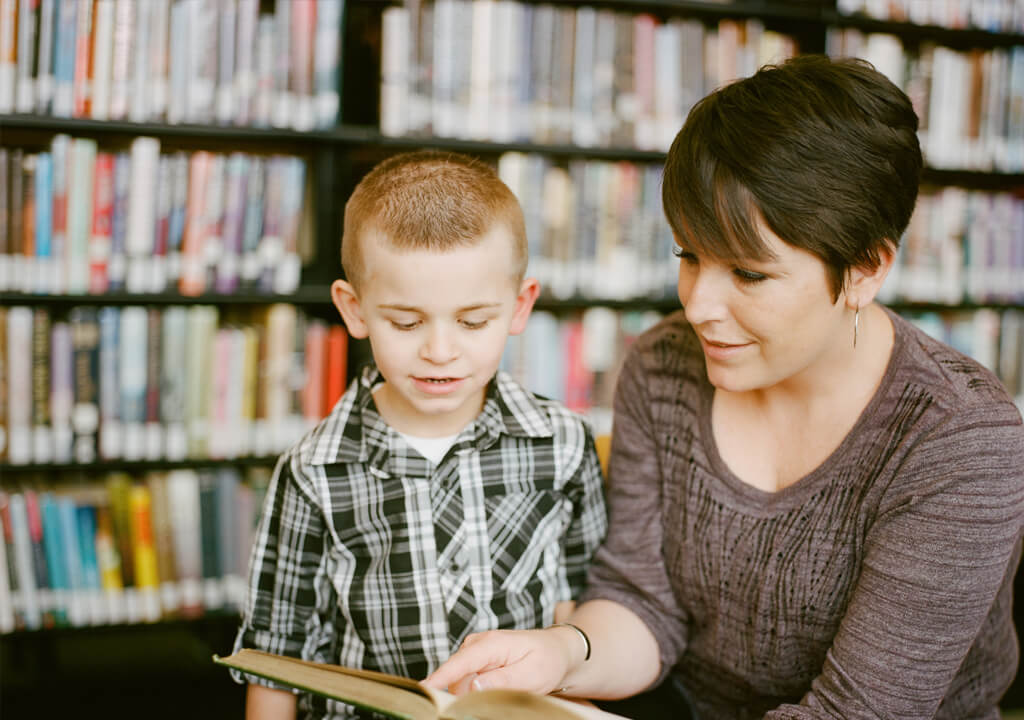
Engage the Senses
For children to be happy and interested, you must engage their senses. Sensory stimulation leads to increased curiosity and interaction. Luckily, there’s loads of ways you can involve the senses for a fun learning experience. Start by considering the five senses- touch, taste, smell, sight, sound – and then consider whether your lesson or activity will be taking place indoors or outdoors. Based off of this, you can decide on fun and creative ways to incorporate sensory stimulation. Perhaps you could include a sandpit outside, or a bright and colourful new classroom display? How about some small musical instruments, like the triangle or the tambourine? There is no shortage of ways to keep children happy and interested in what they are learning.
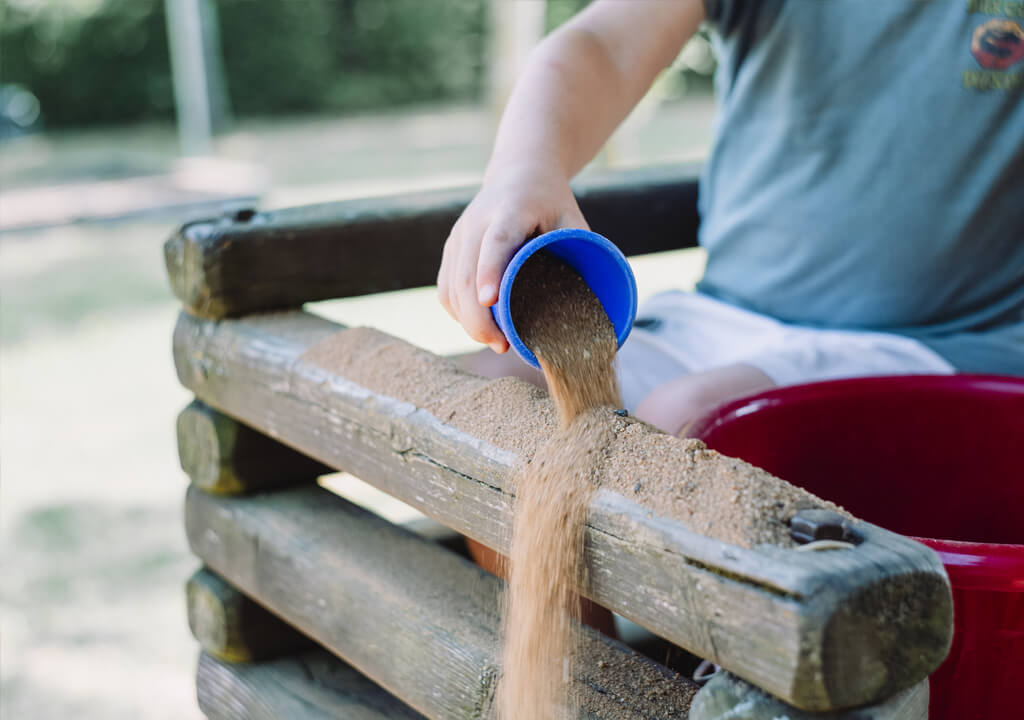
Pay Attention to How the Environment Feels
Bringing back the aforementioned notion of the emotional environment, you should be taking care to consider how the environment you’ve created actually feels to the children in it. Children will thrive in an environment where they feel happy, safe, and interested. You should ask yourself: does this environment create that atmosphere? You can create a more positive environment in a lot of ways. For example, you could begin a reward system for good behaviour or encourage talking time where children can express their feelings and opinions. You can also make the physical environment more appealing, such as creating a space that can be used for quiet time when de-escalation might be needed, or making a corner of your classroom cozy with comfy seats, where children know they can go to relax.
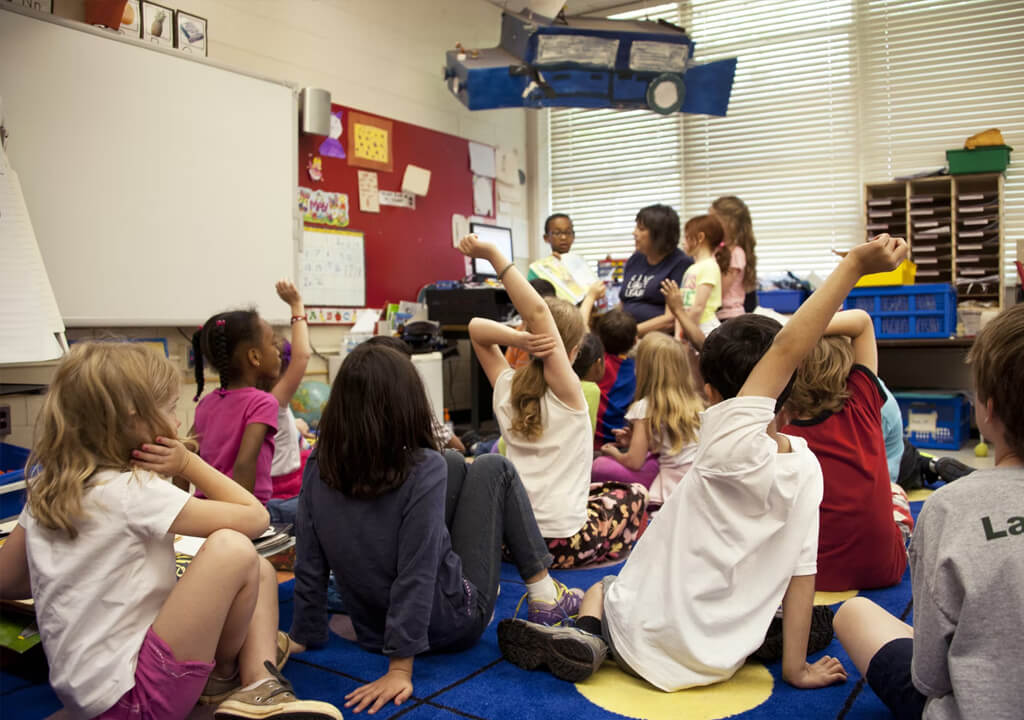
Don’t Underestimate the Importance of Play
Children naturally take a lot of cues from the adults around them. They recognise the authority of older people, and are far more likely to take instruction or inspiration from how their parents, grandparents, teachers and other adult authority figures act. Therefore, it is important that, as an educator, you emphasise the importance and allow the space for free play. Play is an intrinsic part of development, and its promotion is parallel with increased happiness, cognitive and motor skills, and socialisation. Encouraging children to play, coming up with ideas for games, and even joining in to an appropriate level are all very important when it comes to children’s development during some of their most formative years.
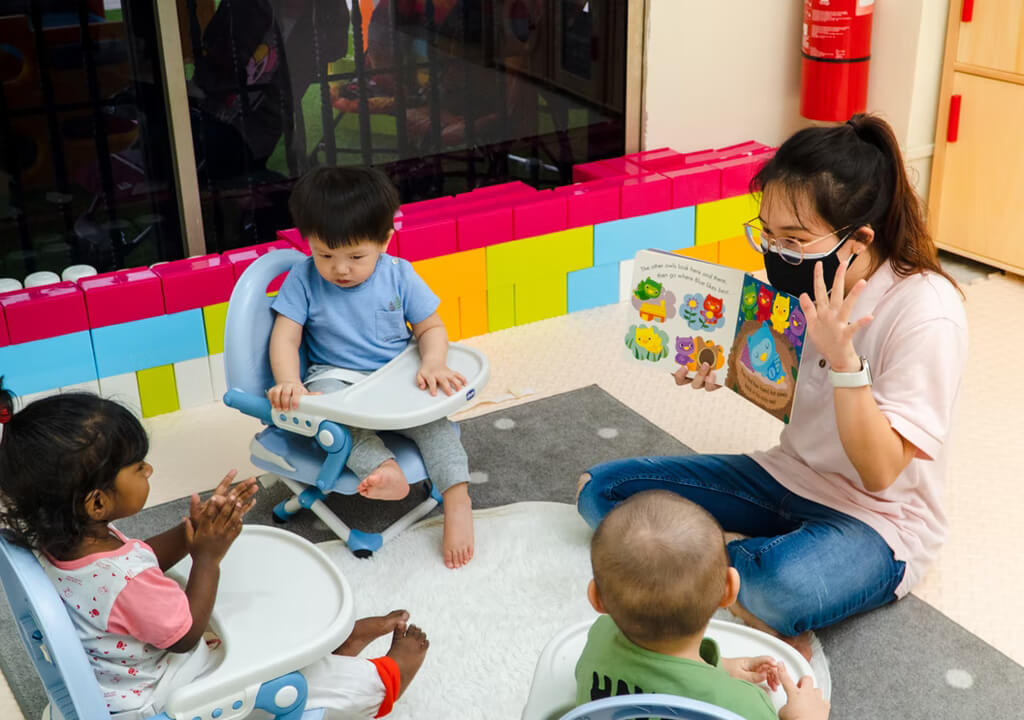
This is only the tip of the iceberg when it comes to environmental play and all the benefits it holds, but we hope we’ve provided you with some inspiration for your classroom or playground. If this has been interesting for you to read, keep an eye on our blogs, as we regularly cover all things playgrounds!


